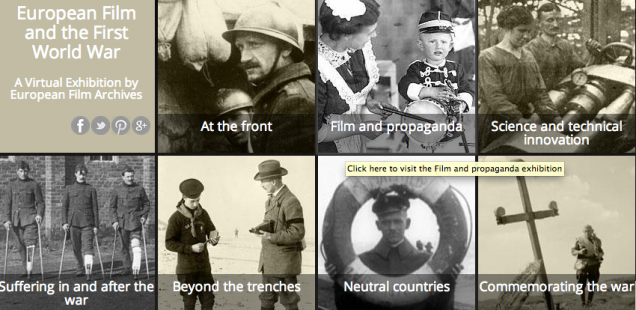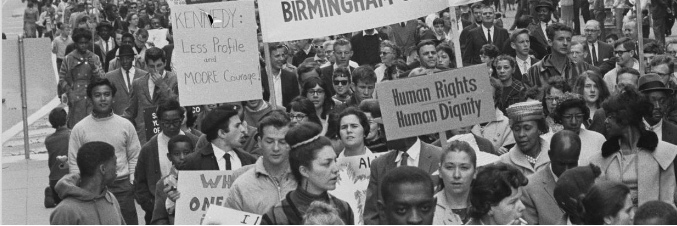Set aside some time to explore the European Film Gateway which provides access to hundreds of thousands of historical documents preserved in European film archives ranging from photos, posters, and censorship documents to rare feature and documentary films and newsreels.
The virtual exhibition European Film and the First World War is particularly recommended as representing a unique European view of history through another set of eyes. Organised under the headings:
* At the front
* Film and propaganda
* Science and technical innovation
* Suffering in and after the war
* Beyond the trenches
* Neutral countries
* Commemorating the war
This site is ideally suited to senior students who have an understanding of the complexity of World War I and are seeking to gain an understanding from the Axis point of view in addition to the British Allies.
It explains the purpose of film and propaganda for instance, and provides examples:
To keep spirits and morale high during the hardships of war, film was discovered as an ideal medium to influence the masses. All nations fighting in the war used moving images to influence their own people.
In the video, ‘For the Empire’:
Britannia posed beside the figure of ‘Belgium’ and her dead children. What are others doing for us? A soldier sets out for war leaving his parents in a country cottage. Muddy conditions on the Western Front are shown. A letter from the front pleads for God’s sake don’t let us down.
European Film and the First World War addresses the Australian History curriculum by:
- providing opportunities for students to engage in the analysis, interpretation and evaluation of historical sources,
- assisting students to progressively engage in higher order tasks, for example, building an historical argument using evidence.
Through exploring and sharing their knowledge, students will expand their understanding of the World War I and view it with a more global perspective. Recommended.




